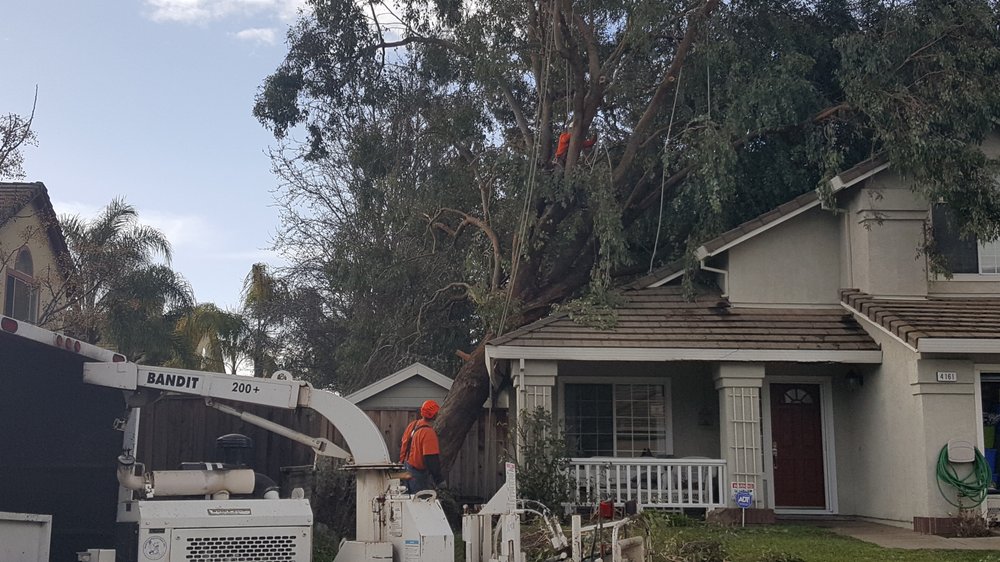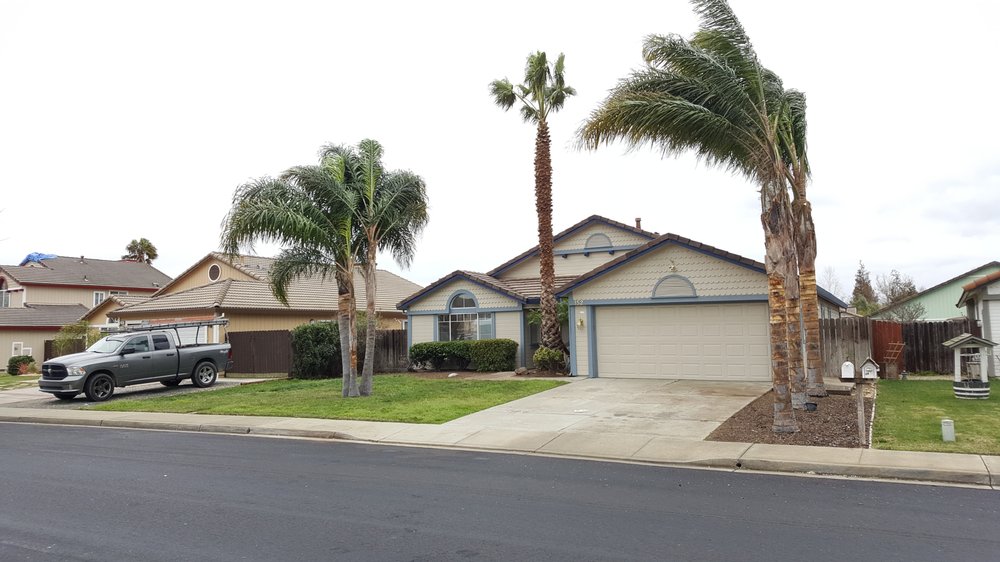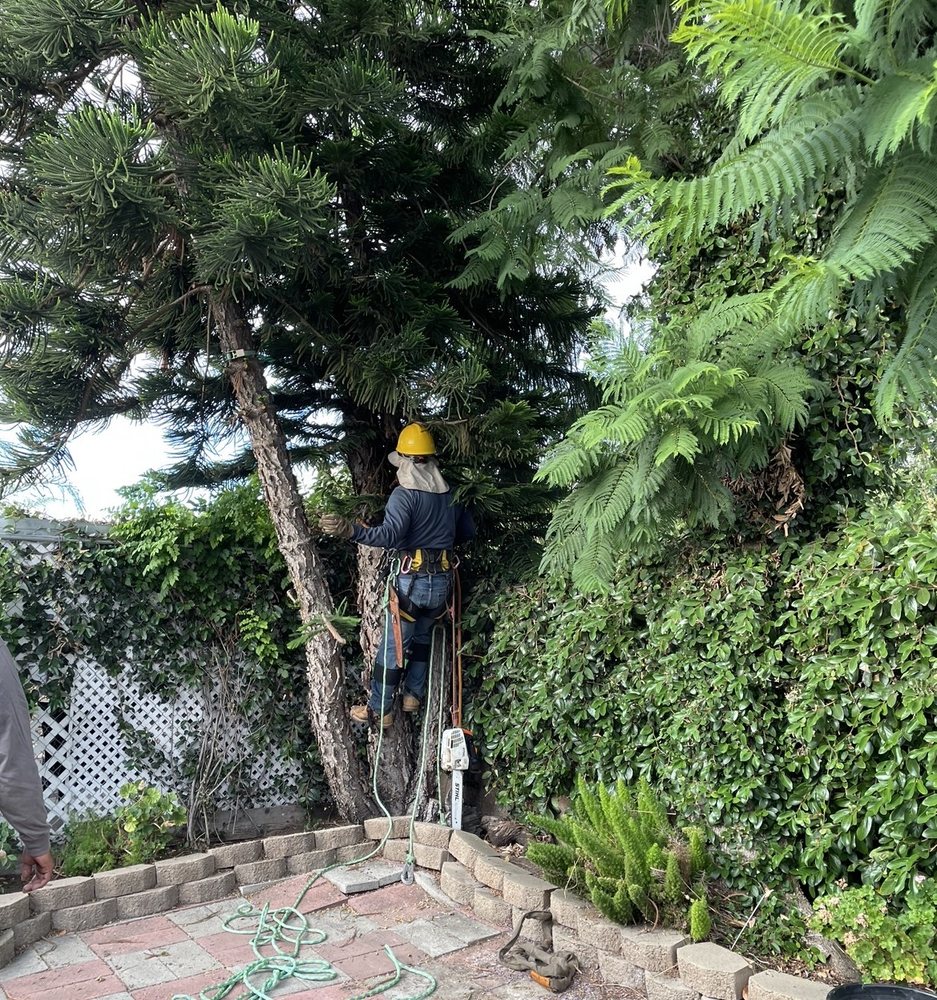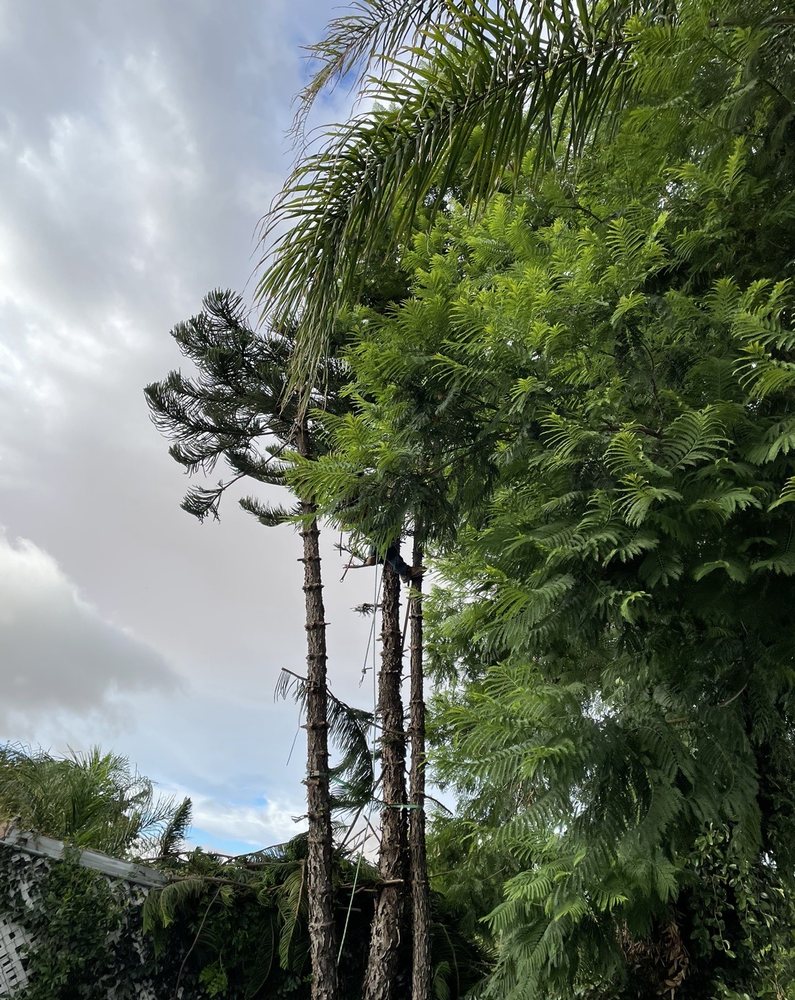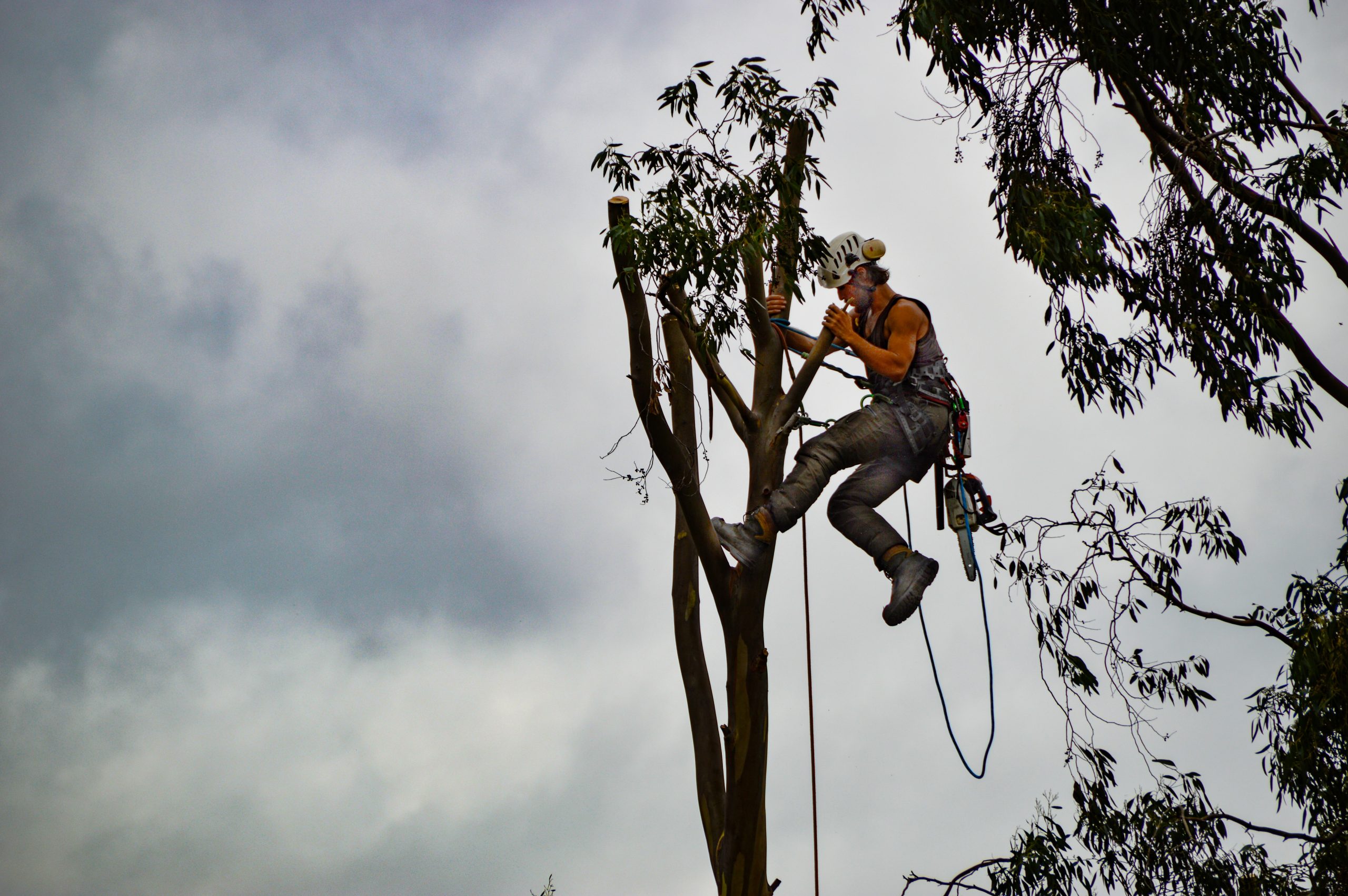Tree Removal Service: Everything You Should Prepare For and Expect
Are you considering hiring a tree removal service? Whether you have a tree that is posing a safety hazard, obstructing a construction project, or simply needs to be pruned, it’s important to understand what to expect before you make the call. In this comprehensive guide, we will walk you through everything you should prepare for and expect when hiring a tree removal service.
From assessing the condition of the tree to obtaining the necessary permits, we’ll cover all the different aspects of the process. You’ll also learn about the different techniques used for tree removal, as well as the equipment and safety measures involved.
Our goal is to provide you with all the information you need to make an informed decision and ensure a successful tree removal. So, if you’re ready to take the next steps in removing that troublesome tree from your property, keep reading!
Remember, safety and expertise are paramount when it comes to tree removal, so it’s essential to hire a professional service that meets your specific needs. Let’s dive in and discover everything you need to know about tree removal services.
Why do you need tree removal services?
Trees are a beautiful and essential part of our environment, but there are several situations where tree removal becomes necessary. One common reason is when a tree poses a safety hazard. For instance, if a tree has been damaged by a storm and is at risk of falling, it’s crucial to have it removed promptly to prevent any potential damage to your property or harm to people.
Another scenario where tree removal becomes necessary is when a tree obstructs a construction project. Whether you’re building a new structure or making renovations, trees in the way can hinder the process. In such cases, hiring a tree removal service is the best solution to clear the area and ensure a smooth construction process.
Furthermore, trees often require pruning to maintain their health and aesthetics. If you have a tree that has overgrown branches or is blocking sunlight, a professional tree removal service can help trim it to enhance its growth and appearance.
The importance of hiring a professional tree removal service
While some might consider removing a tree as a DIY project, it’s important to recognize the expertise and safety precautions involved in the process. Hiring a professional tree removal service offers numerous benefits that ensure a successful and safe removal.
First and foremost, professional tree removal services have the necessary experience and knowledge to assess the condition of the tree accurately. They can determine if a tree is diseased, infested with pests, or structurally unstable. This assessment plays a vital role in deciding the appropriate course of action, whether it’s pruning, removal, or other alternatives.
Additionally, professional tree removal services have the right equipment to handle the job efficiently and safely. Tree removal often requires specialized tools such as chainsaws, cranes, and chippers, which can be dangerous to operate without proper training. By hiring professionals, you can have peace of mind knowing that the job will be done correctly and without any accidents.
Furthermore, professional tree removal services have insurance coverage to protect you and your property. In case any damage occurs during the removal process, their insurance will cover the costs, ensuring you’re not held liable for any unforeseen incidents.
Factors to consider before hiring a tree removal service
Before hiring a tree removal service, there are several important factors you should consider. These factors will help you choose the right service provider that meets your specific needs and ensures a smooth tree removal process.
One of the most crucial factors to consider is the reputation and experience of the tree removal service. Look for a company with a solid track record and positive customer reviews. This will give you confidence in their professionalism and reliability.
It’s also important to ensure that the tree removal service is licensed and insured. A licensed company means they have met the necessary requirements and regulations, while insurance coverage protects you from any potential liabilities.
Another factor to consider is the equipment and techniques used by the tree removal service. Ask about the type of equipment they use and whether they follow industry best practices. Modern equipment and efficient techniques can make a significant difference in the outcome of the tree removal process.
The cost of tree removal services
The cost of tree removal services can vary depending on various factors, including the size of the tree, its location, and the complexity of the removal. It’s important to understand these factors and obtain quotes from multiple tree removal services to make an informed decision.
Generally, larger trees require more effort and specialized equipment, which can increase the overall cost. Trees located near structures or power lines may also require additional precautions, adding to the expense.
It’s worth noting that some tree removal services charge an hourly rate, while others offer fixed rates based on the tree’s size or a combination of factors. Be sure to clarify the pricing structure and any additional fees before hiring a tree removal service to avoid any surprises.
Tree removal alternatives and their pros and cons
While tree removal is sometimes necessary, there are alternative options that you might consider depending on the specific circumstances. These alternatives can help preserve the natural beauty of your property while addressing any issues caused by the tree.
One alternative to complete tree removal is tree trimming or pruning. This involves selectively removing branches to improve the tree’s health, shape, and safety. Tree trimming can be an effective solution for overgrown trees or those with specific problem areas, such as branches obstructing views or interfering with power lines.
Another alternative is tree relocation. If you have a tree that you want to preserve but is in the way of a construction project, tree relocation may be an option. Tree relocation involves carefully uprooting the tree and transplanting it to a new location. However, this option requires specialized equipment and expertise and may not be feasible for all tree species.
Lastly, if the tree is not posing any immediate safety risks and you simply want to change the landscape, you might consider tree topping. Tree topping involves removing the upper portion of the tree to reduce its height. However, this practice is controversial and can harm the tree’s health if not done correctly. It’s essential to consult with a professional tree removal service before considering tree topping.
Choosing the right tree removal service for your needs
Selecting the right tree removal service is crucial to ensure a successful and safe tree removal. Here are some factors to consider when choosing a service provider:
1. Experience and reputation: Look for a tree removal service with a proven track record and positive customer reviews. An experienced company is more likely to have the necessary expertise and equipment for the job.
2. Credentials and insurance: Ensure that the tree removal service is licensed and fully insured. This protects you from any liabilities in case of accidents or property damage during the removal process.
3. Services offered: Consider the range of services offered by the tree removal service. Do they provide additional services such as stump grinding or removal? Having a single service provider for all your tree removal needs can be convenient and cost-effective.
4. Cost and quotes: Obtain quotes from multiple tree removal services and compare their pricing structures. Be wary of extremely low prices, as they may indicate a lack of experience or shortcuts being taken.
5. Communication and professionalism: Evaluate the communication skills and professionalism of the tree removal service. Are they responsive to your inquiries? Do they provide clear and detailed explanations of the process and costs involved?
Questions to ask a tree removal service before hiring them
To ensure that you’re hiring a reputable and reliable tree removal service, ask them the following questions:
- Are you licensed and insured?
- How long have you been in business?
- Can you provide references or customer testimonials?
- What equipment do you use for tree removal?
- Do you offer additional services such as stump grinding or removal?
- How do you handle debris and clean up after the tree removal?
- Will you obtain the necessary permits for the removal?
- Can you provide a detailed cost estimate?
- What safety precautions do you take during the tree removal process?
Asking these questions will help you gauge the professionalism and expertise of the tree removal service and make an informed decision.
The benefits of professional tree removal services
Hiring a professional tree removal service offers numerous benefits that ensure successful and safe tree removal. From assessing the condition of the tree to obtaining the necessary permits and employing the right techniques, professionals have the expertise and equipment to handle the job efficiently.
Remember, safety and expertise are paramount when it comes to tree removal, so it’s essential to hire a professional service that meets your specific needs. By considering the factors mentioned in this guide and asking the right questions, you can choose the right tree removal service for your requirements and enjoy a hassle-free tree removal process. Don’t let that troublesome tree cause any more headaches – take the next steps and reclaim your property today!
If you have any more questions or would like to learn more about tree removal services, don’t hesitate to reach out to us. Our team of experts is here to assist you every step of the way.
Give Us a Call For a Free Consultation and Free Quote!
Caring for your trees can be a daunting task for a homeowner. We’re here to help! Give us a call or fill out the form to request a free consultation and free quote for your tree care needs, such as tree removal, tree trimming, landscaping, haul away, and so much more!

